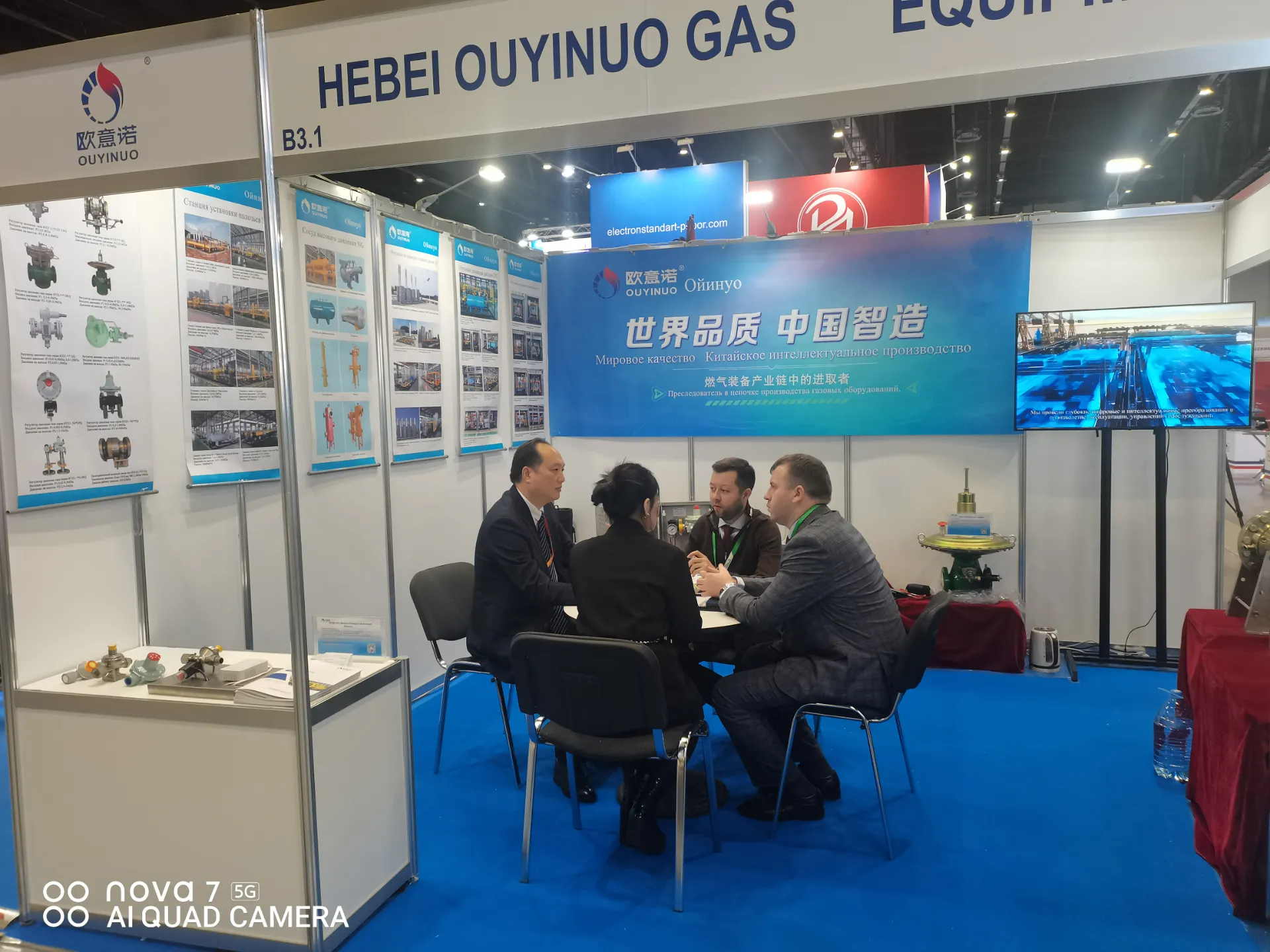
Nov . 02, 2024 05:41
Back to list
natural gas pressure reducer
Understanding Natural Gas Pressure Reducers Essential Components in Gas Distribution
Natural gas is a primary energy source used in residential, commercial, and industrial settings. Its safe and efficient utilization relies heavily on innovative technologies, among which natural gas pressure reducers play a crucial role. This article delves into the function, significance, and operational aspects of natural gas pressure reducers.
What is a Natural Gas Pressure Reducer?
A natural gas pressure reducer, also known as a gas pressure regulator, is a device designed to control and lower the pressure of natural gas coming from pipelines to a safe and usable level for various applications. When natural gas travels through pipelines, it exists at a high pressure to facilitate efficient transportation over long distances. However, the pressure must be reduced before it enters buildings or facilities to prevent damage to internal appliances and ensure safety for users.
The Importance of Pressure Regulation
Maintaining appropriate gas pressure is vital for several reasons
1. Safety High pressure can lead to leaks or ruptures in piping systems, posing serious risks to users and the surrounding environment. Regulators help mitigate these risks by ensuring gas is delivered at a safe pressure.
2. Efficiency Appliances designed for natural gas operation, such as furnaces, water heaters, and stoves, have specific pressure requirements. Proper regulation makes sure these appliances function optimally, leading to better energy efficiency and performance.
3. System Longevity Consistent overpressure can wear out gas appliances and systems faster than normal. By regulating pressure, gas pressure reducers contribute to a longer lifespan for these systems.
How Does a Pressure Reducer Work?
natural gas pressure reducer

The operation of a natural gas pressure reducer is based on the principle of balancing pressure. As the high-pressure gas flows into the regulator, it encounters a diaphragm that reacts to changes in pressure. When the outlet pressure exceeds the desired level, the diaphragm moves to close a valve, restricting gas flow until the pressure drops to the preset level. Conversely, if outlet pressure drops below the desired threshold, the valve opens to allow more gas in, thereby maintaining a consistent pressure.
Most pressure reducers come equipped with adjustable settings, allowing users to calibrate the output pressure according to specific requirements. This feature is particularly useful in commercial applications where varying gas demands may occur.
Types of Natural Gas Pressure Reducers
There are several types of natural gas pressure reducers, each designed for specific applications
1. Single-Stage Regulators These are ideal for low-pressure applications where high accuracy is not a primary concern. They are simpler and less expensive.
2. Two-Stage Regulators Providing greater accuracy and stability in pressure control, two-stage regulators are widely used in residential and commercial settings. They are particularly effective in situations with fluctuating inlet pressures.
3. High-Pressure Regulators Designed to handle more demanding applications, high-pressure regulators can process gas at elevated levels, making them suitable for industrial uses.
Conclusion
Natural gas pressure reducers are indispensable in the realm of gas distribution. By ensuring the safe and efficient delivery of natural gas, they play a vital role in keeping our homes and industries powered. As we continue to rely on natural gas for various energy needs, understanding and maintaining pressure regulation systems will be crucial for safety and efficiency in the long run. For homeowners, business operators, and engineers alike, proper knowledge about these devices enhances both safety protocols and operational performance.
Next:
Latest news
-
Safety Valve Spring-Loaded Design Overpressure ProtectionNewsJul.25,2025
-
Precision Voltage Regulator AC5 Accuracy Grade PerformanceNewsJul.25,2025
-
Natural Gas Pressure Regulating Skid Industrial Pipeline ApplicationsNewsJul.25,2025
-
Natural Gas Filter Stainless Steel Mesh Element DesignNewsJul.25,2025
-
Gas Pressure Regulator Valve Direct-Acting Spring-Loaded DesignNewsJul.25,2025
-
Decompression Equipment Multi-Stage Heat Exchange System DesignNewsJul.25,2025

